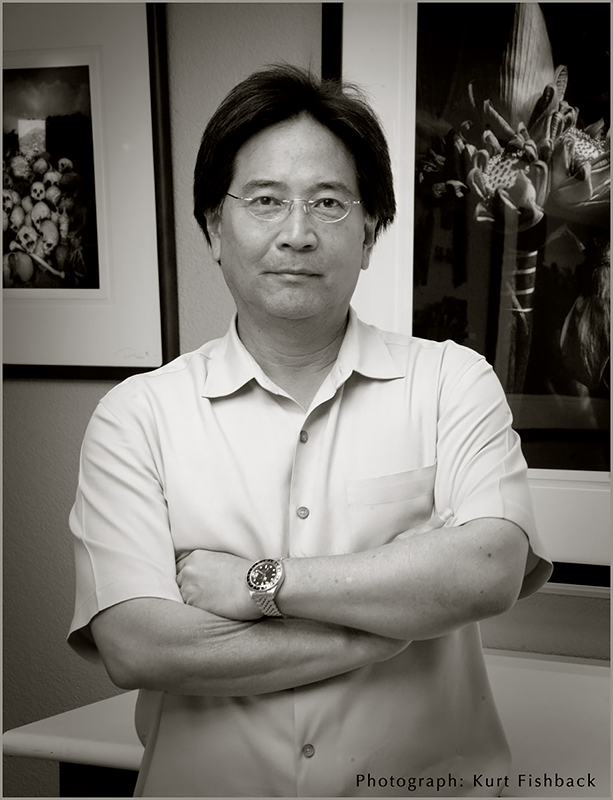"The real voyage of discovery consists not in seeking new lands but seeing with new eyes." --Marcel Proust, 1923, La Prisonierre
The world's sacred sites are visually rich and historically significant and provide sanctuary for spiritual reflection and creative exploration and discovery. They're striking archeological sites but first and foremost, they serve as vital and revered centers of pilgrimage, prayer and meditation.
These images are excerpts of my visits to these sacred spaces and are evidence of an ongoing journey that examines intense spiritual devotion and religious fervor, past and present, within unique and distinctive cultures. They are multi-dimensional and compelling for both the photographer and the viewer and document golden ages of past millennia and cultures seeking to reconcile ancient traditions with conflicting modern values. Devotees seek serenity and escape from centuries of conquest and political upheaval, or the effects of poverty, global climate change and modernization.
As we confront a perplexing, irrational and precarious world situation ongoing geo-political unrest and violence has caused fractious dissension and a difficult emotional time for all. Reluctance to accept diverse cultural, political, religious attitudes both here and abroad adds to the fear, cynicism and confusion. Becoming sensitive to unfamiliar cultures can quell much of this anxiety and may encourage tolerance and compassion.
After transitioning from thirty-five rewarding years in photographic education, Richard lives in Monterey, CA, and continues to passionately pursue his creative artmaking. His ongoing fascination with world religion and culture has generated repeated visits to locations within India, Asia, South America, the Middle East, Russia and Europe.
His work has been exhibited widely, has garnered awards from All About Photo, Center for Photographic Art, Spider Awards, and Travel Photographer of the Year, and have been featured in respected publications including B&W Magazine, Silver Shots International, Shots, Photographer's Forum and multiple issues of Lenswork print and special editions. His photographs are included in various private and corporate collections and is represented by the Weston Gallery, Carmel, CA
